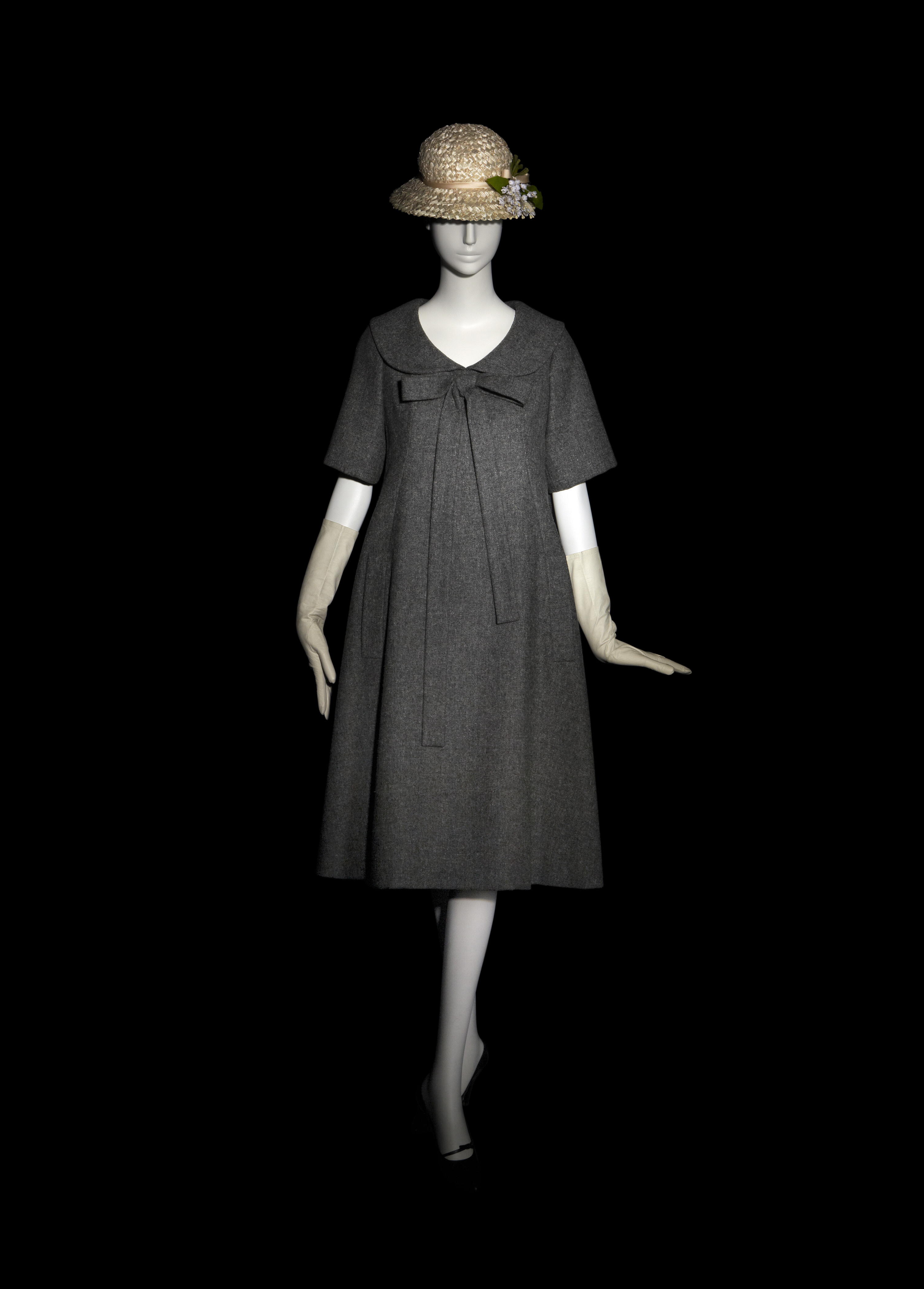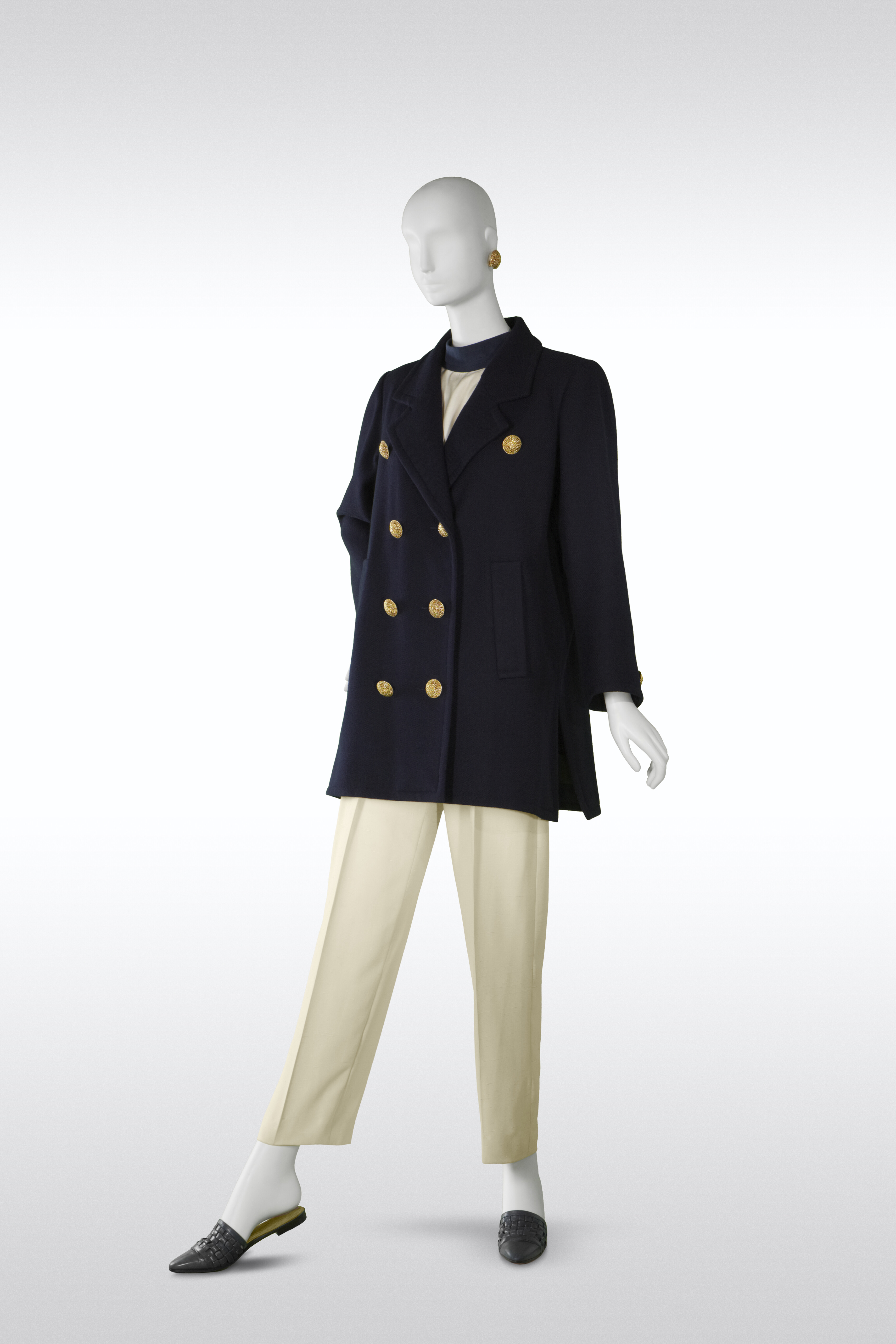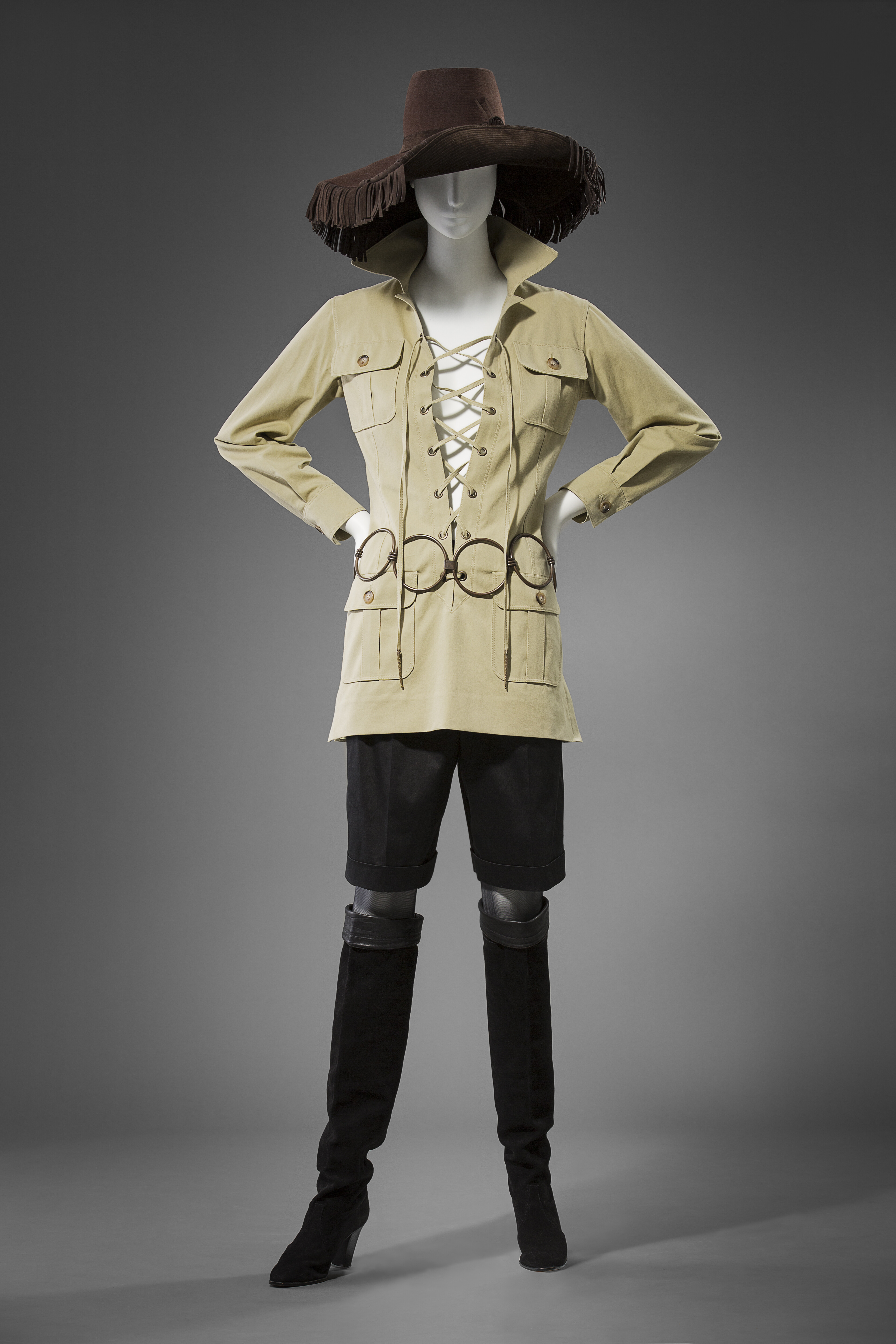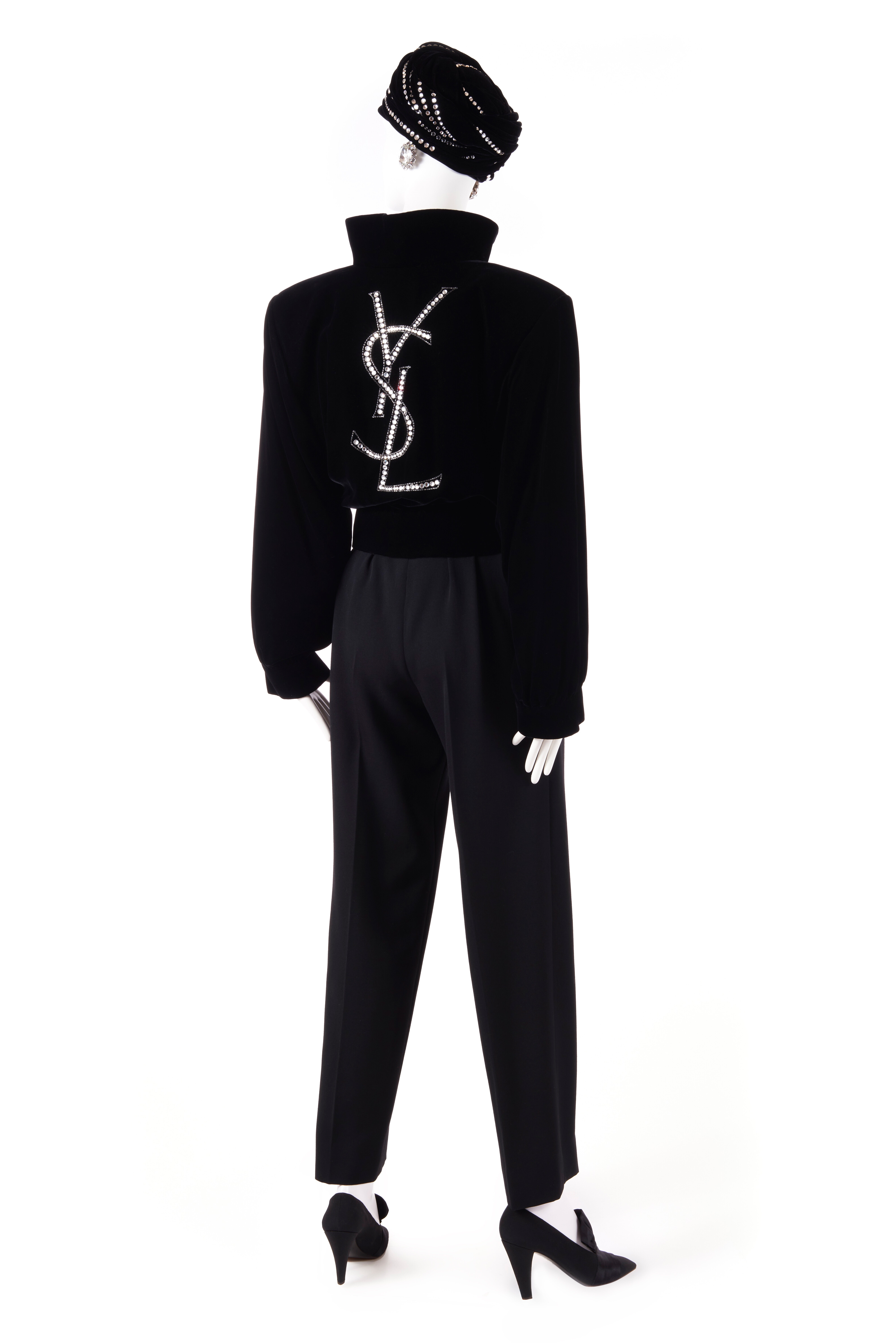YVES SAINT LAURENT, ACROSS THE STYLE
HAPPENINGText: Alma Reyes
Saint Laurent moved to Paris in 1954 at 17 years old, and won a prize in a dress competition. Soon, he joined Dior as his assistant. At 20, he conceived of the delightful comic strips La Vilaine Lulu (1956). They consisted of 24 stories, narrating the imaginative character of Lulu, cross-dressing in a red tulle petticoat and gondola hat. The comic strips caught a stirring attention enough to be published in Vogue magazine in 1964.

Bonne conduite shirt dress, Christian Dior by Yves Saint Laurent collection Spring-Summer 1958, Trapeze Line haute couture collection © Yves Saint Laurent © Alexandre Guirkinger
During Saint Laurent’s young directorial reign at House of Dior, he completed six collections, exhibited on the runway stage and other halls in the exhibition. In 1958, only 22 years old, he presented his first Spring-Summer collection. The “Bonne conduite” shirt dress (1958) revealed the Trapeze Line, suggesting a clean cut, loose waistline, and exposed knees, quite contrary to Dior’s ultra-womanly touch. Reinventing the silhouettes of elegance and femininity that he craftily learned as Dior’s protégé led to his inevitable triumph. He remarked about his partnership with Dior, “I have to say I learned a lot. Dior stimulated my imagination, and he fully trusted me with the work. One of his ideas could prompt mine, and one of my ideas could prompt his.” In 1961, together with his companion Pierre Bergé (1930-2017), he opened his own couture house under his own brand.

Boating ensemble, first pea coat Spring-Summer 1962 haute couture collection © Yves Saint Laurent © Alexandre Guirkinger
Among his emblematic pieces, the First Pea Coat (1962) resonated with the image of the sailor uniform that Saint Laurent urbanized with pleated pants and golden jewel buttons. The Tailored Suit and Skirt Suit (1962) both outline a simple pencil cut for the black suit ensemble that is often matched with a wide-brimmed hat and jewelry accents. While the Tuxedo (1970) was previously associated with men’s wardrobe, Saint Laurent reinterpreted the line with a feminine twist, as he did with the First Safari Jacket (1968) and the Jumpsuit (1968, 1975), which emphasize the female body curve.

First safari jacket, Spring-Summer 1968 haute couture collection © Yves Saint Laurent © Sophie Carre
This unisex approach expectedly ignited women’s liberation, and was patronized by many celebrities, such as Marlene Dietrich and Greta Garbo, apparently ushering in a new wave of freedom in women’s clothing. Not to be missed is the eminent Evening Ensemble (1984) black embroidered silk velvet jacket with the crystal-embellished YSL logo at the back.

Evening ensemble, Autumn-Winter 1984 haute couture collection © Yves Saint Laurent © Nicolas Mathéus
The gallery of Artistry: Embroidery and Feathers assesses Saint Laurent’s active collaboration with craftspeople — weavers, dyers, printers, embroiderers, plumassiers, and metalsmiths. As haute couture carves the roots of craftsmanship, embroidery is considered crucial. Luxurious outfits are adorned with colored furs, and various feathers of the rooster and ostrich.
Read more ...




